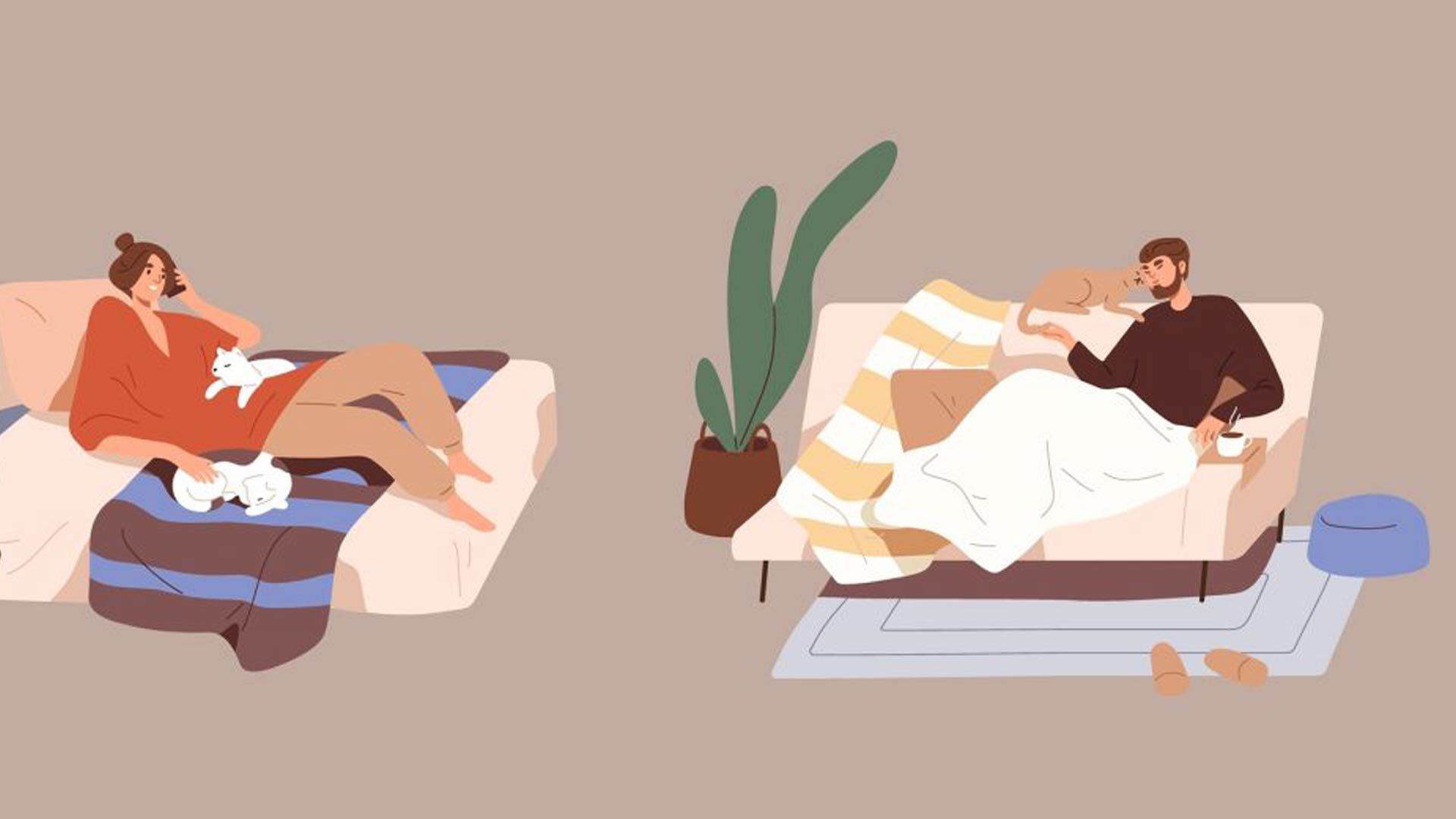Intentional Rest & the Five Dimensions of Wellness

by Sarah Bass
Most days are filled with responsibility – work, school, being a caregiver, extracurriculars, or commitments to our communities, and the list can go on and on. Often, true rest is only allowed, or we only allow ourselves to rest on holidays or vacations, and even then, it may feel like it slips through our fingers. Whereas responsibilities may habitually take priority over rest, it is essential that we learn to incorporate rest into our routine.
Being considerate of and engaging in rest that truly feels nurturing and rejuvenating are equally as important. What does the rest of your life look like? Did you think of sleep? Many of us, confuse sleep and rest as the same thing. When you think about rest, do you notice yourself trying to “fix” a lack of energy by getting more sleep, waking to discover you still feel exhausted? Sleep and rest are not the same things. Considering rest in the context of the Five Dimensions of Wellness may be helpful for your overall well-being.
Physical rest includes activities that release stress from your mind and tension from your body, restoring your overall energy. This type of rest can be passive or active; both passive and active rest can restore the mind and rejuvenate the body by increasing circulation, flexibility, and other beneficial bodily systems.
- Passive: Sleeping, napping, or simply settling into a comfortable position while shutting your eyes or softening your gaze. Anything where you can shut out distractions and settle into a deep, relaxing state.
- Active: Yoga, massage therapy, stretching, or deep breathing.
Emotional rest gives you the freedom to authentically express feelings and eliminate tendencies that do not support your emotional well-being.
- Expressing and processing your emotions with someone you trust or through creative outlets such as journaling or artwork.
- Practicing self-compassion and positive self-talk.
- Setting boundaries to eliminate people-pleasing behaviors or tendencies.
Social rest is meaningfully and authentically interacting with another person, where you leave the interaction feeling revived. This type of rest can include direct interactions, indirect interactions, or solitude.
- Direct interactions include more actively engaged socialization and are longer in duration. A direct interaction may be sitting down to lunch with a close friend or having a one-on-one, heart-to-heart phone call. When engaging in direct interactions, try considering how people make you feel before, during, and after you are with them. Set time aside to be with people who make you feel more relaxed and set boundaries around your time for people who make you feel less relaxed.
- Indirect interactions include more passively engaged socialization is shorter in duration. Indirect interaction may include going on a walk or gardening where you can wave to your neighbors or exchange brief pleasantries.
- Solitude can also be recharging. Scheduling and embracing brief and undisturbed alone time may feel reenergizing as well.
Spiritual rest brings a deep feeling of calmness, peace, belonging, or purpose.
- Practice meditation.
- Connect to your values or religion.
- Engage in activities that make you feel grounded—perhaps a gentle nature walk or going sightseeing.
Intellectual rest reawakens and re-energizes you by allowing you a break from active and intentional thinking.
- Take short breaks every two hours.
- Create a task list to rest your memory.
- Give yourself permission to engage in something “unproductive.”
- Disengage from tasks that are stimulating or require lots of brain power.
- Sensory Rest can also be beneficial. Whether you notice it or not, your senses are being stimulated most of the day. Unplug your electronics, turn off your lights, and find a quiet place to take a sensory break, allowing your conscious mind to rest. Look around for a moment:
- How many lights are on?
- How many screens are in your view?
- What do you hear?
As we explore rest in the Five Dimensions of Wellness and become more intentional with how we engage with it, we can learn to improve our energy, in turn, more effectively supporting our overall well-being.
Interested in finding more ways to support your overall well-being? Enroll in one of our wellness classes or sign-up for wellness coaching! You can learn more information by following the link below.
- Kiara’s Note – Blog
- Mental Health Matters – Blog
- Voices of Hope – Blog
- Humans of Jefferson Center
- Addiction & Substance Use
- Anxiety
- Child Mental Health
- Crisis and Trauma
- Depression
- Exercise
- Just The Facts
- LGBTQIA+ & Pride
- Medicaid
- Men’s Mental Health
- Parenting
- Recovery
- Senior and Older Adult
- Socializing
- Stigma
- Stress
- Suicide Prevention
- Support & Advocacy
- Teen’s Mental Health
- Treatment Options
- Women’s Mental Health